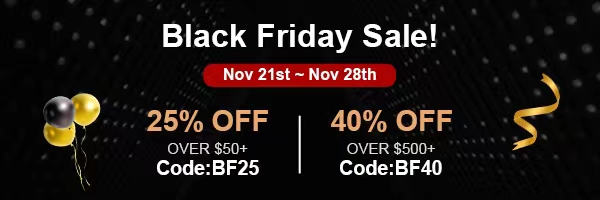
How Do You Design Rubber Keychains? Unleashing Creativity for a Tangible Impact!
In the realm of promotional items and personal trinkets, rubber keychains have carved a niche for themselves as versatile and expressive accessories. But have you ever wondered how these charming little tokens come to life? If you’re eager to explore the creative process behind designing rubber keychains, you’ve landed on the right page. In this comprehensive guide, we’ll unravel the secrets to creating custom keychains that not only serve their practical purpose but also make a statement. So, let’s embark on this journey of turning ideas into tangible delights with “How Do You Design Rubber Keychains?”
Igniting the Creative Spark: Conceptualization
The Seed of an Idea
The first step in designing a captivating rubber keychain is to conceptualize your vision. Ask yourself, what story do you want your keychain to tell? Are you aiming for a whimsical character that brings a smile, a sleek symbol representing a brand, or a functional design that doubles as a tool? Identifying your target audience and the message you wish to convey sets the foundation for your creative endeavor.
Sketching the Vision: From Imagination to Paper
With a clear concept in mind, it’s time to put pencil to paper. Begin by sketching rough outlines of your keychain design. Consider its shape, size, and any intricate details that will make it distinctive. Remember, rubber as a medium allows for flexibility and a range of textures, so don’t shy away from incorporating these elements into your sketches.
Digital Transformation: Bringing Your Sketches to Life
Once your sketches are refined, digitize them using graphic design software like Adobe Illustrator. This step is crucial for precision and scalability, ensuring your design is ready for production. Pay close attention to color choices; rubber keychains thrive with vibrant hues that pop or subtle tones that exude elegance. Experiment with color palettes that resonate with your intended audience and complement your design theme.
Understanding Manufacturing Constraints
Before finalizing your digital masterpiece, familiarize yourself with the manufacturing process of rubber keychains. Designs with overly complex shapes or thin, fragile parts might pose challenges during molding. Aim for simplicity without sacrificing creativity. Consider the thickness, ensuring it’s suitable for everyday use without compromising durability.
Adding a Personal Touch: Customizations and Finishing Touches
Personalization can elevate a rubber keychain from ordinary to extraordinary. Whether it’s engraving names, adding glow-in-the-dark features, or embedding small charms, these touches can make your design truly unique. Think about how your keychain interacts with light, touch, and even sound – sensory experiences that can deepen user engagement.
Testing and Production: Ensuring Quality
Before going into full-scale production, prototyping is essential. It allows you to hold your design in hand, test its functionality, and make any necessary adjustments. This phase might involve tweaking the size, adjusting colors, or refining textures to perfection.
Marketing Magic: Showcasing Your Creations
Finally, don’t underestimate the power of presentation. High-quality product photography and engaging descriptions can significantly enhance the appeal of your rubber keychains online. Leverage social media platforms and online marketplaces to showcase your creations, reaching out to potential customers worldwide.
In conclusion, designing rubber keychains is a blend of artistry, technical know-how, and an understanding of consumer preferences. By following these steps and infusing your designs with creativity and innovation, you can create rubber keychains that not only serve as functional accessories but also become cherished keepsakes. So, get ready to unleash your imagination and answer that intriguing question, “How Do You Design Rubber Keychains?” with style and substance.

